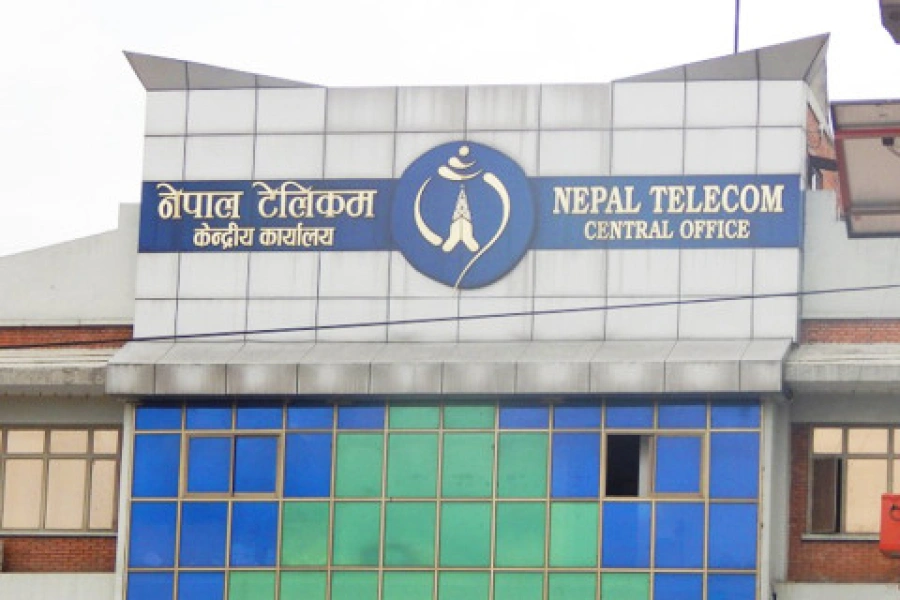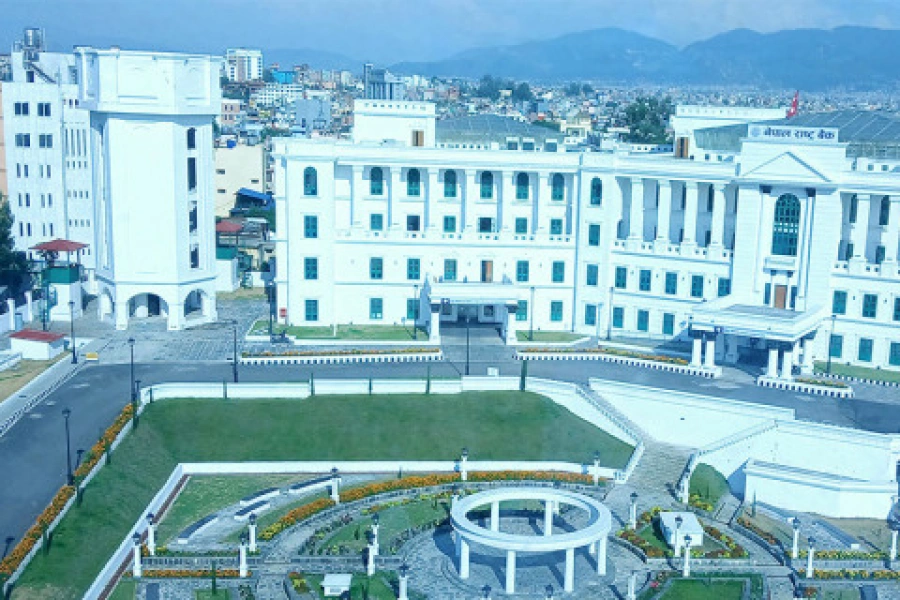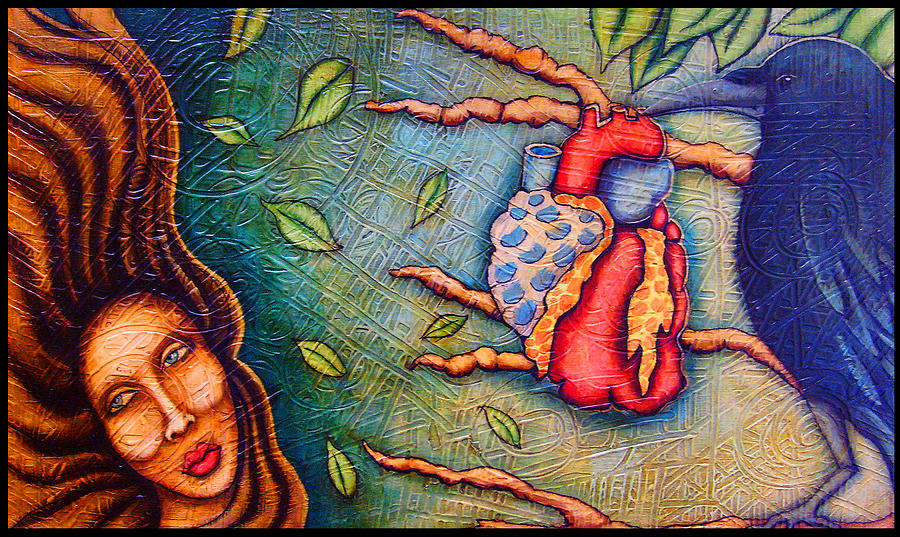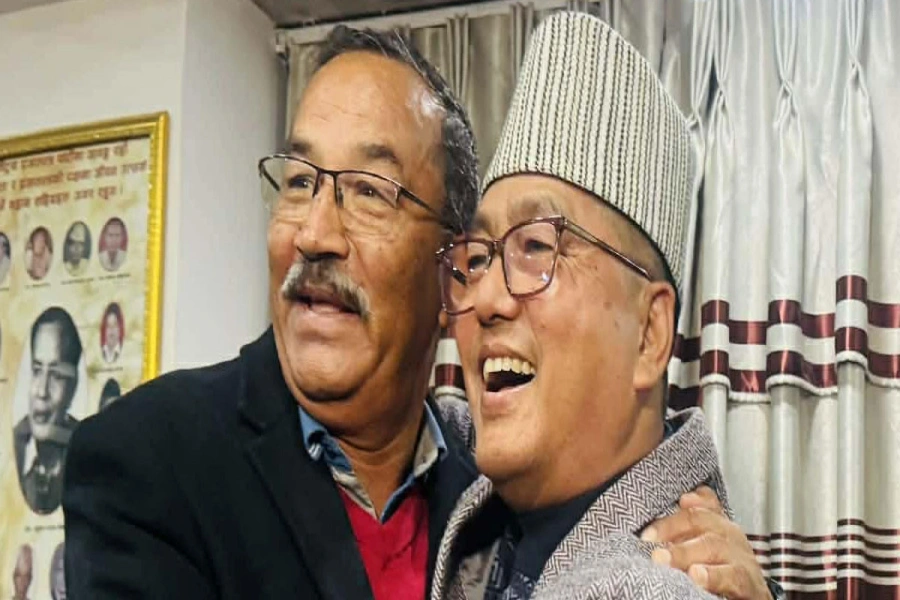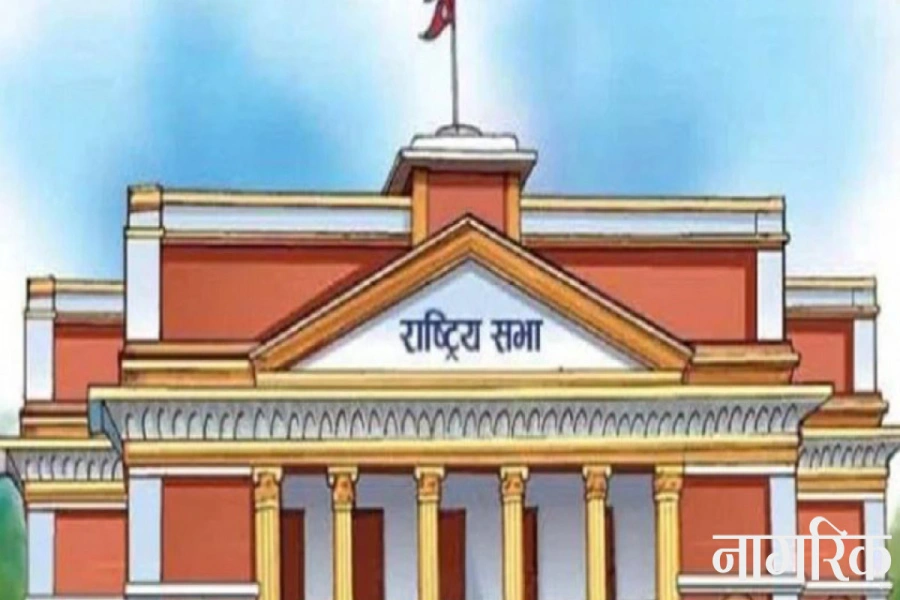It is believed that founder of Sikhism Guru Nanak Dev visited Kathmandu in 1516 during Malla era and meditated under a tree in Balaju
The sun cast bright over New York from the summer sky. And the green, thick clumps of leaves rose upward from the trees along the pavement and blended with the clear blue sky. Roosevelt Avenue, 74 Street was a quiet residential area. On Saturday, there were even fewer vehicles in this street, and it was quieter than usual. And it was in this quiet that the bhajan from the Gurdwara rose up from the upper floor of its two-storied building.
I was 20, the youngest child of my parents, doted on right from birth. I was in New York for six months. I was without a job. The three Nepalis who I shared flat with barely had any time for me between their odd work shifts. Cautious to save, I was thrifty with money, and had barely had a proper meal in days. In the land of opportunities, I was alone. I missed my parents in Nepal.
Inadvertently, all these shades of emotions must have come to sit on my face as I stood in the gate of the Gurdwara.
“Ki haal he beta? Kyu sad ho?” A bearded, turban-clad middle-aged Sardar suddenly had his arm around me and jerked me slightly as if to ward off the ‘sadness’ he saw in me.
Perhaps, he had spontaneously spoken to me in Hindi because he thought I was an Indian. But when he learnt I was from Nepal, he seemed to show even more generosity to me. He said he would help me find job, and over the course of the days did refer me to a few places as well.
He guided me to the large hall where hundreds of people seated in lines on mats were being served langar—the customary food offered to devotees in Gurdwara.
And seated there with people speaking Hindi and Punjabi and Bengali, speaking over each other, and a plateful of roti, rice, daal, vegetables, achar and sweets before me, I tried in vain to stop my eyes from being welled up. For the first time in six months, 7000 miles away from home, I felt very close to being at home. The food and the sounds and the people, everyone seemed to be from my own hometown of Biratnagar.
I soon got a job afterwards. But Gurdwara became one of my weekly destinations. It gave me warmth and smiles no different from those at home in Nepal. Along with the devotees, the Gurdwara fed homeless, low-paid workers and migrants, whoever came on a daily basis. I started volunteering myself during weekends, and after I landed a stable job, also started contributing for the daily langar. It was a way for me to be at home away from home.
A touch of love extended to me at a Gurdwara has so profoundly shaped me as an individual. It has taught me the value of kindness and help.
UAE's president-designate for UN COP28 offers full-throated def...

Langar in Kathmandu
Passing through the bridge over the Bagmati connecting Thapathali and Kopundole some ten years later in 2016, I stumbled upon a white building cloistered round the corner of the road by the famous shrine of Hanuman right by the road. The top of its arched gate displayed script that was very familiar to me.
In the Punjabi script written in green, it said “Gurdwara”. I entered its gate, and found the open ground in front of the Gurdwara filled by people, seated with plates before them. The hall on the ground floor was also filled with people sitting for plateful of dishes in front of them. Coincidentally it was a Saturday, and like all other Saturdays, langar was being served.
It is Gobind Singh, 33, the priest at the Gurdwara, who tells me about the langar.
“Every Saturday, we serve langar to about 300 people,” he says. “Many of those who come for langar comprise the homeless people, beggars, daily wage laborers, vendors, in addition to the regular devotees to the Gurdwara.”
I later sit down with Gobind and a group of other men adorning turbans. And it would only take a brief course into the conversation for me to learn, to my pleasant surprise, that Kathmandu itself has its own community of Sikhs. And for decades, langar in the Gurdwara has been serving hundreds of people from all walks of life every week.
Few seem to know about this community. Published work on this small community is also meager. And this is what raises my curiosity about the history of this community and document it.
From Jammu to Kathmandu
The next Saturday is rainy, and I find Sardar Pritam Singh, 83, seated on a chair on the marble-carved lobby of the Gurdwara, talking to a group of middle-aged turban-clad men. Singh is the eldest member of Sikh community in Kathmandu, and for six decades, he has led the community as its guardian. Indeed, it was Singh who is credited with setting up and expanding the Sikh community in Kathmandu.
It was in 1957 that the 22-year-old Singh and his father arrived in Kathmandu from their home in Jammu and Kashmir. They had come with their truck via the Tribhuvan Highway.
In Kathmandu, they were encouraged by King Mahendra to settle down and help the country’s transportation. Singh and his father settled in Kathmandu. Over time, Singh encouraged other Sardars also to come and settle in.
They settled in various places like New Road, Khichapokhari and Putali Sadak. From where they had settled previously, the community moved to Thapathali. From there they moved to Kopundole, the place which eventually became a largely stable settlement for the Sikh community.
Singh’s father originally came from the Pakistan side of Jammu. He had migrated to the Indian side and encouraged other Sikhs from Pakistan side to follow suit.
“It was a coincidence of sorts,” Singh says. “In a way, I did what my father did. And it feels immense joy today by this fact that I helped create the Sikh community in Kathmandu.”
But the history of Sikhs in Kathmandu dates to the Malla era. History has it that a platoon of Sikh soldiers from Punjab helped Malla King in Kathmandu. It is also believed that the founder of Sikhism Guru Nanak Dev visited Kathmandu in 1516 during the Malla reign and meditated under a tree in Balaju.
Trucks in Tribhuvan Highway
Kathmandu’s Sikhs came in trucks and the community was to be the foundation pillars of Nepal’s transportation development. In fact, their contribution in Nepal’s transportation starts right from the country’s first highway—the Tribhuvan Highway. When Singh and his father came in their truck in 1957, the track of the Highway had just been opened. It was still rough, the cut parts of the hills still bare and exposing loose boulders, and yet to be controlled with embankments. There were no bridges over streams. Most of all, the highway was not built for the trucks.
“The Tribhuvan Highway was just being built then, and we had to literally shift the boulders, fill a pit here and there, or smoothen a patch,” Singh says smiling. “We’d have to build the road as we drove our truck here. While it was less than a day journey from Amlekhgunj to Kathmandu, the rough road stretched it to four days.”
While even public vehicles had hardly started in Nepal, Kathmandu’s Sikhs led by Singh drove carrier trucks from India to Nepal bringing food and other supplies.
Food for free
Transportation was not the only area where Kathmandu’s Sardars made an indelible first marks. The Sikh community, known for its rich cuisine, added to Kathmandu’s food culture. Gurubus Singh came to Kathmandu a little after Singh. In the early 1960s, he built an eatery that sold tandoori roti. Sher-e-Punjab was located in Khichapokhari and it soon started attracting Kathmandu’s locals.
“That was the first tandoori roti hotel in Kathmandu,” Singh’s son, Harpal Singh, 52, says. He remembers the eatery’s heydays in the 1960s and 70s when many individuals who would later go on to become important public figures frequent it. One of them he remembers is the late Surya Bahadur Thapa, Nepal’s four time prime minister.
But that was not the only fascinating factor about the eatery. For ordering roti, the customers received daal as complementary.
In addition to popularizing tandoori roti, the Sikh community of Kathmandu also brought paneer to Kathmandu’s public level.
Mingling with Kathmandu
Pritam Singh says that while the Sikhs in Kathmandu enriched Kathmandu’s food culture, in his heart he feels that the more valuable thing is that they have come to be part of Kathmandu’s diversity and rich culture.
And the fact that the Gurdwara in Kopundole lies just by the banks of Bagmati seems to symbolize this bond the Sikh community is building between communities. “Bagmati is central to the Kathmandu Valley civilization and has historical and religious significance to the people’s daily lives. We feel very proud that we chose a place beside Bagmati,” says Pritam.
Perhaps because of the same goodwill and community harmony Kathmandu’s Sikh community gained respect and cooperation. And this had very direct impact on them during the decade-long conflict in the country.
Being in transportation business and drivers, they had to spend long hours on the roads. Yet, the trucks and carriers belonging to this community were never affected.
However, the escalating conflict took toll on their livelihood. Increasing conflict and political instability and prolonged transportation strikes led many Sikhs to leave Nepal.
Pritam Singh says: “As businesses were affected, many families found themselves hard pressed. They had a difficult choice before them. Those who were severely affected went back to India or to other countries.” But the families that left, left with a heavy heart, Pritam says.
“It was a hard decision for them,” he says. “Many of them had their children born and raised here in Kathmandu. They left, but with a heavy heart.”
The author is Assistant Professor of English at Kathmandu University and a Faculty at Apex College



